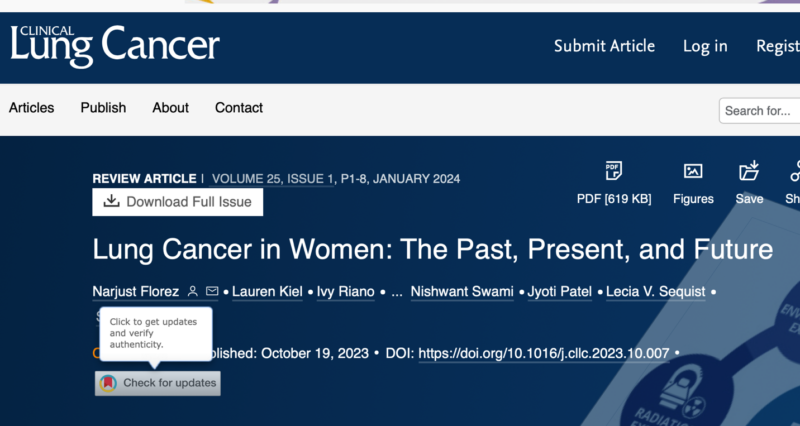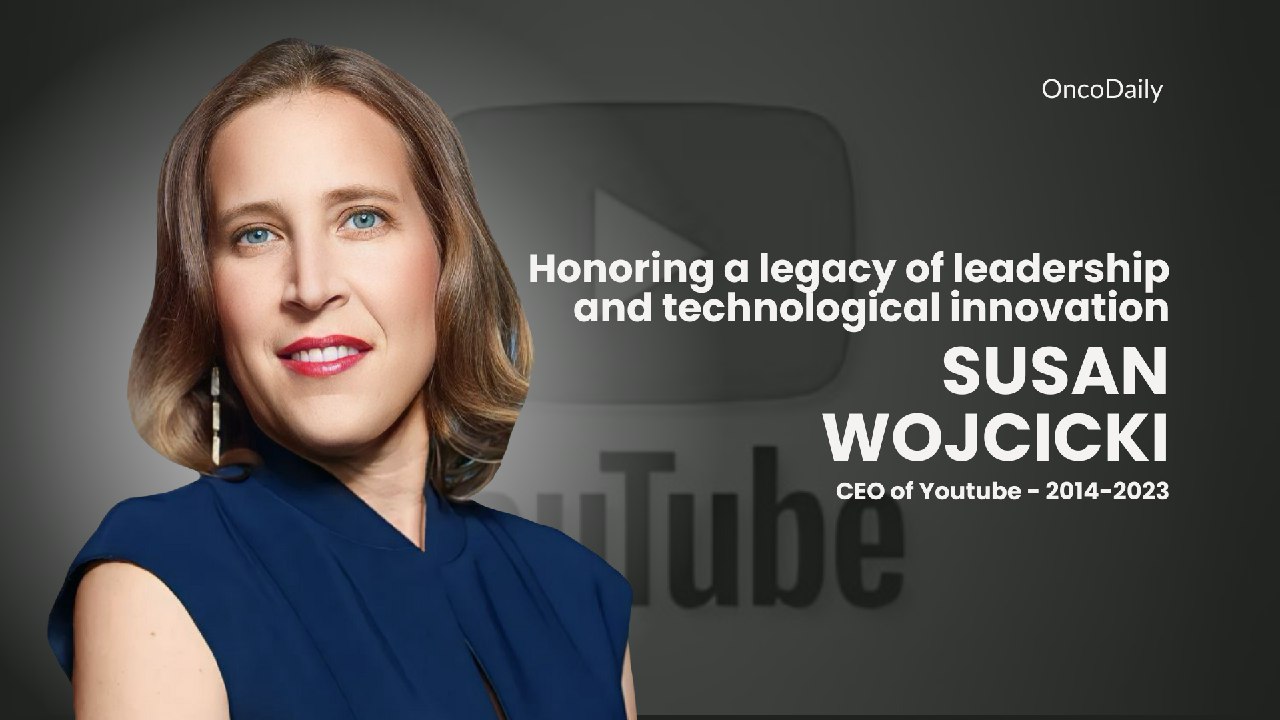In the ever-evolving landscape of Silicon Valley, few figures have left as indelible a mark as Susan Wojcicki.
On August 9, 2024, the tech world mourned the loss of this visionary leader, who passed away at 56 after a courageous two-year battle with non-small cell lung cancer. Her husband, Dennis Troper, shared the news, describing her as “not just my best friend and partner in life, but a brilliant mind, a loving mother, and a dear friend to many. Her impact on our family and the world was immeasurable.”
Who is Susan Wojcicki?
From Harvard to Silicon Valley: The Early Years
Born on July 5, 1968, Susan Wojcicki’s path to becoming a tech titan was anything but conventional. Her academic journey began at Harvard University, where she graduated with honors in history and literature in 1990. Initially, Wojcicki had set her sights on an academic career, planning to pursue a Ph.D. in economics. However, fate had other plans.
Wojcicki’s pivot to technology came as she developed a growing fascination with the field. This newfound interest led her to earn an MS in economics from the University of California, Santa Cruz in 1993, followed by an MBA from UCLA Anderson School of Management in 1998. These diverse educational experiences would later prove invaluable in her multifaceted career in tech.
The Garage That Launched a Digital Empire
In 1998, Wojcicki made a decision that would alter the course of her life and, inadvertently, the future of the internet. She rented out her parents’ garage in Menlo Park, California, to two ambitious Stanford Ph.D. students: Larry Page and Sergey Brin. This garage would become the birthplace of Google, and Wojcicki would soon find herself at the heart of the burgeoning tech revolution.
Recognizing the potential of Page and Brin’s project, Wojcicki joined Google in 1999 as the company’s 16th employee and first marketing manager. This move marked the beginning of a two-decade-long journey that would see her rise through the ranks to become one of the most influential figures in the tech industry.
Wojcicki’s Impact at Google: Shaping the Future of Digital Advertising
During her tenure at Google, Wojcicki played a pivotal role in developing some of the company’s most successful products. She led the development of AdSense, which revolutionized online advertising by allowing website publishers to monetize their content through targeted ads. This innovation not only transformed Google’s revenue model but also changed the landscape of digital advertising as a whole.
Wojcicki’s leadership extended to other key projects, including Google Images and Google Books. Her ability to identify and nurture innovative ideas quickly made her an indispensable asset to the company. As she continued to climb the corporate ladder, Wojcicki’s influence grew, and she became increasingly involved in Google’s strategic decisions.
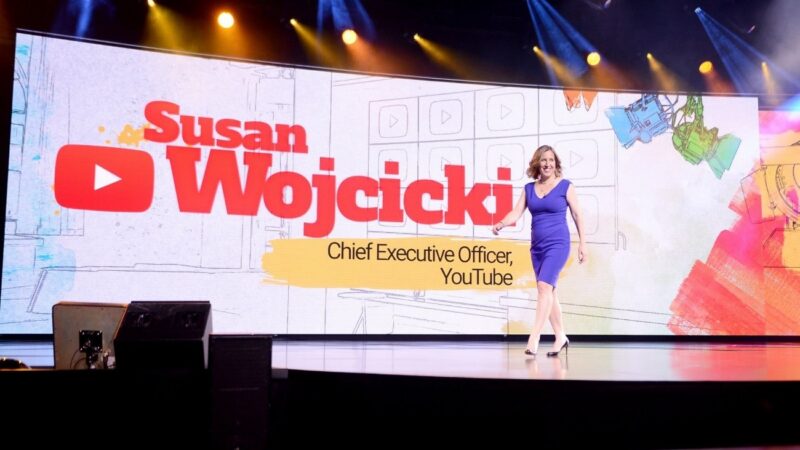
The YouTube Era: Transforming Online Video
In 2006, Wojcicki played a crucial role in one of Google’s most significant acquisitions: YouTube. Recognizing the potential of the video-sharing platform, she advocated for its purchase, ultimately convincing Google to acquire YouTube for $1.65 billion. This decision would prove to be one of the most successful in the company’s history.
In 2014, Wojcicki’s expertise and vision were recognized when she was appointed CEO of YouTube. Under her leadership, the platform experienced unprecedented growth, with its monthly user base nearly doubling to over 2 billion users.
Wojcicki spearheaded initiatives to improve content monetization for creators, enhance user experience, and address the complex challenges of content moderation.
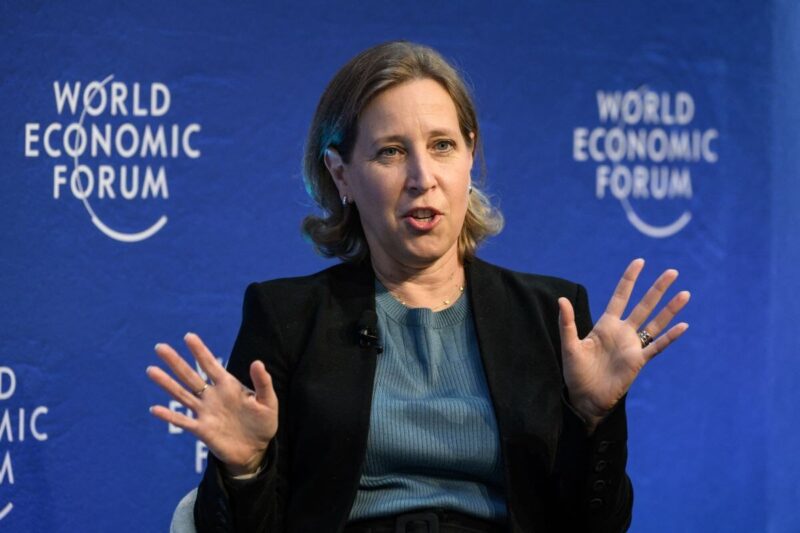
Wojcicki’s Leadership Philosophy
Throughout her career, Wojcicki was known for her unique leadership style that emphasized innovation, diversity, and work-life balance. She was a vocal advocate for women in tech and consistently pushed for policies that would make the industry more inclusive and equitable.
One of Wojcicki’s most frequently cited quotes encapsulates her approach to opportunities and challenges:
“Rarely are opportunities presented to you in a perfect way. In a nice little box with a yellow bow on top. Opportunities — the good ones — are messy, confusing, and hard to recognize. They’re risky. They challenge you.”
This philosophy guided her through her career, encouraging her to take risks and embrace challenges that others might have shied away from.
Balancing Act: Work and Family
As a mother of five, Wojcicki was also known for her candid discussions about the challenges of balancing a high-powered career with family life. She once noted:
“I think the hardest part is that work-life balance is a lie. It’s a journey, and it’s something that you’re constantly trying to work through.”
Her openness about these struggles resonated with many professionals, particularly women, who sought to navigate similar challenges in their own lives.
Recognition and Awards
Wojcicki’s contributions to the tech industry did not go unnoticed. Throughout her career, she received numerous accolades and recognition:
- In 2013, she topped Adweek’s Top 50 Execs list.
- By 2018, she secured seventh place on Forbes’s list of the World’s 100 Most Powerful Women and tenth place on Fortune’s Most Powerful Women list.
- In 2019, she topped Vanity Fair’s New Establishment list.
- In 2021, she was awarded the “Free Expression Award” by the Freedom Forum Institute.
- In 2023, she was included in Forbes’s list of America’s Self-Made Women.
These honors not only recognized Wojcicki’s professional achievements but also her role as a trailblazer for women in the tech industry.
A Legacy of Innovation and Inspiration
Susan Wojcicki’s impact on the tech industry extends far beyond her impressive list of achievements. She served as a role model for aspiring tech leaders, particularly women, demonstrating that it’s possible to reach the highest echelons of the industry while maintaining a commitment to personal values and family life.
Her advocacy for diversity and inclusion in tech helped push the industry toward greater equity. Wojcicki consistently used her platform to highlight the importance of bringing diverse perspectives into tech companies, arguing that this diversity was crucial for innovation and problem-solving.
Wojcicki’s leadership at YouTube also left an indelible mark on the platform and the broader digital media landscape. Under her guidance, YouTube evolved from a simple video-sharing site into a global powerhouse that has transformed entertainment, education, and communication.
As we remember Susan Wojcicki, we celebrate not just her professional achievements, but also the values she embodied and the inspiration she provided to countless individuals in tech and beyond. Her legacy serves as a reminder of the power of perseverance, innovation, and the importance of breaking barriers in pursuit of one’s goals.
In the words of Google CEO Sundar Pichai, Wojcicki was “integral” to Google’s legacy. Her passing marks the end of an era, but the impact of her work and her inspiring journey will continue to influence the tech industry for years to come.
Susan Wojcicki’s life and career serve as a testament to the transformative power of technology when guided by visionary leadership. As we look to the future, her example will undoubtedly continue to inspire the next generation of innovators and leaders in Silicon Valley and beyond.
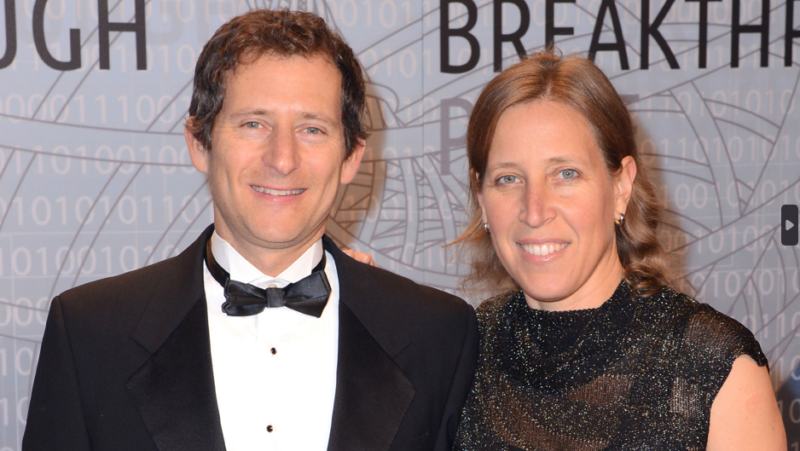
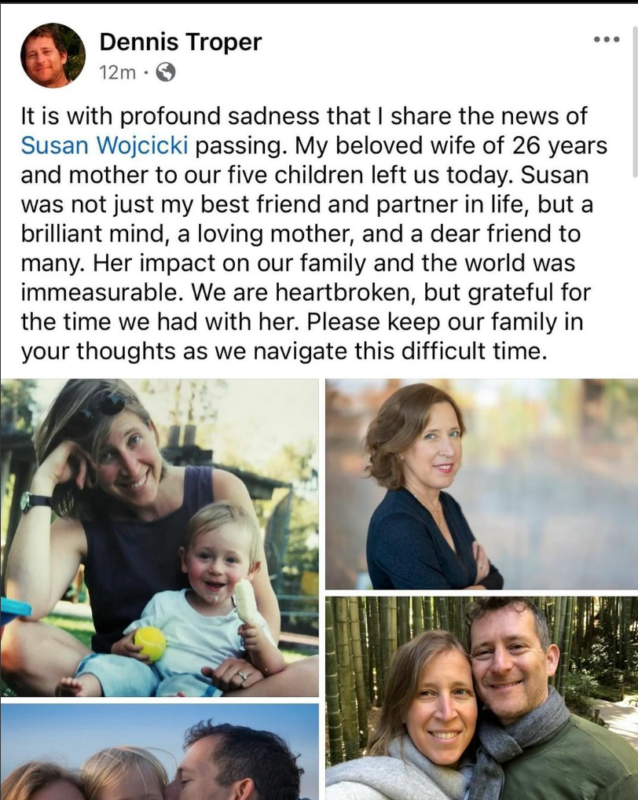
Susan Wojcick, former CEO of Youtube, died of cancer at the age of 56. She had been fighting non-small cell lung cancer for the past two years.
What is Non-small cell lung cancer?
Non-small cell lung cancer (NSCLC) is the most prevalent form of lung cancer, representing about 85% of cases. It includes subtypes such as adenocarcinoma, which often starts in the lung’s outer regions, squamous cell carcinoma, typically found in central lung areas and linked to smoking, and large cell carcinoma, a more aggressive variant.
Diagnosis of NSCLC usually involves imaging tests, such as chest X-rays or CT scans, and a biopsy to examine the cancerous cells. Treatment options depend on the stage of the disease and may include surgery, chemotherapy, radiation therapy, targeted therapy, and immunotherapy. Early detection is key to improving prognosis and survival.
Understanding different types of Lung Cancer
Non-small cell lung cancer (NSCLC) is the most prevalent type of lung cancer, accounting for approximately 85% of all lung cancer cases. It is a category of epithelial lung cancers distinct from small cell lung cancer (SCLC) and includes several subtypes, such as adenocarcinoma, squamous cell carcinoma, and large cell carcinoma.
NSCLC is characterized by the uncontrolled growth of abnormal cells in the lung tissues. These cancerous cells can form tumors and potentially spread to other parts of the body. Unlike small cell lung cancer, NSCLC is generally less responsive to chemotherapy and radiation therapy, making early detection and surgical intervention crucial for improving outcomes.
Risk Factors and Causes
Smoking and Tobacco Use
Smoking is the leading risk factor for NSCLC, responsible for 80-90% of lung cancer deaths. The risk increases with the number of cigarettes smoked daily and the duration of smoking. Even light smoking or occasional smoking elevates the risk significantly.
Other Risk Factors
- Radon Exposure: Radon, a naturally occurring radioactive gas, is the second leading cause of lung cancer. It can accumulate in homes and buildings, posing a risk even to non-smokers.
- Environmental and Occupational Exposures: Exposure to carcinogens such as asbestos, arsenic, and diesel exhaust can increase lung cancer risk, especially when combined with smoking.
Genetic Factors: Family history and genetic mutations can also predispose individuals to lung cancer, including non-smokers.
Symptoms
Lung cancer can cause several symptoms that may indicate a problem in the lungs.
The most common symptoms include:
- cough that does not go away
- chest pain
- shortness of breath
- coughing up blood (haemoptysis)
- fatigue
- weight loss with no known cause
- lung infections that keep coming back.
Early symptoms may be mild or dismissed as common respiratory issues, leading to delayed diagnosis.
Can you get lung cancer if you have never smoked?
While smoking is the primary cause of NSCLC, a significant number of cases occur in non-smokers. These cases are often linked to genetic mutations, such as alterations in the EGFR gene, and environmental factors like secondhand smoke and air pollution.
Treatment Options for NSCLC
Surgery
Surgical resection is often the primary treatment for early-stage NSCLC, aiming to remove the tumor and surrounding tissues. Surgery is most effective when the cancer is localized and has not spread to other parts of the body.
Chemotherapy
Chemotherapy uses drugs to kill cancer cells and is often used in combination with other treatments. It is more effective in later stages or when the cancer has metastasized.
Radiation Therapy
Radiation therapy uses high-energy rays to target and kill cancer cells. It is commonly used when surgery is not an option or to shrink tumors before surgery.
Targeted Therapy and Immunotherapy
These therapies focus on specific genetic mutations or proteins that contribute to cancer growth. Targeted therapy is particularly beneficial for non-smokers with specific genetic mutations.
Specificities of Lung Cancer in Young Women
Lung cancer in young women presents unique challenges and characteristics that distinguish it from lung cancer in other demographics. This article aims to provide oncologists with a comprehensive understanding of these specificities, highlighting differences in aggressiveness, incidence, and biological factors.
Epidemiological Trends
Lung cancer has traditionally been more prevalent in men, but recent trends indicate a shift, particularly among young women. Studies have shown that the incidence of lung cancer in women aged 35-54 has surpassed that of men in the same age group in many high-income countries. This increase is particularly concerning given that many of these women have never smoked, suggesting that factors other than tobacco exposure are at play.
Biological and Genetic Factors
Several biological factors contribute to the higher incidence of lung cancer in young women:
- Genetic Mutations: Women are more likely to have lung cancer associated with specific genetic mutations, such as EGFR mutations, which are more common in non-smokers and particularly prevalent in Asian women. These mutations can influence the development and progression of the disease.
- Hormonal Influences: Estrogen and other hormonal factors may play a role in lung cancer development. Research suggests that estrogen exposure and genetic polymorphisms related to hormone metabolism could contribute to the increased risk in women.
- Impaired DNA Repair: Women with lung cancer often exhibit impaired DNA repair mechanisms, which may increase susceptibility to carcinogens and contribute to cancer development.
Genetic Factors
Young women with lung cancer often exhibit different genetic profiles compared to their older counterparts. For instance, mutations in genes such as *ALK*, *ROS1*, and *HER2* are more commonly found in younger patients, whereas *BRAF* mutations are more prevalent in older patients. These genetic differences can influence the aggressiveness of the disease and its response to treatment.
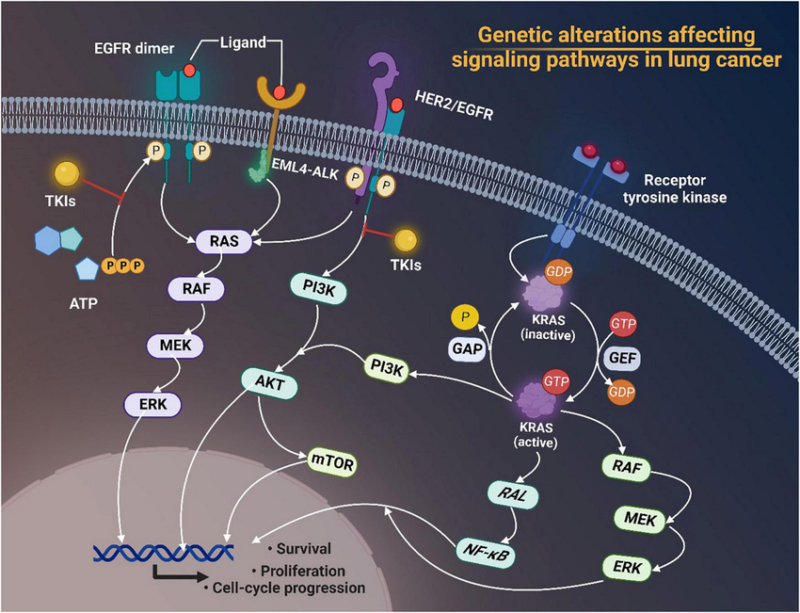
Hormonal Influences
Hormonal factors, particularly estrogen, play a significant role in the development and progression of lung cancer in women. Estrogen receptors are often overexpressed in lung cancer tissues, and estrogen itself can promote tumor growth. This hormonal influence may partly explain why lung cancer behaves differently in women compared to men.
Aggressiveness and Prognosis
Lung cancer in young women tends to be more aggressive than in older adults. This is evident from higher rates of metastasis and poorer survival outcomes. For example, pure solid T1 lung cancers, which are highly aggressive, are more commonly diagnosed in younger patients. These tumors are characterized by a lack of ground-glass opacity on CT scans and are associated with a higher likelihood of nodal or extrathoracic metastasis.
Societal and Behavioral Factors
Societal factors, including gender roles and stigma associated with lung cancer, can delay diagnosis and treatment in women. Women are often less likely to be included in clinical trials, and treatment guidelines do not always account for sex-specific differences. This can lead to suboptimal treatment and poorer outcomes.
Diagnostic Challenges
Current lung cancer screening guidelines primarily focus on smoking history, which is inadequate for addressing the needs of young women, especially non-smokers. There is a pressing need to expand screening criteria to include other risk factors and to develop sex-specific diagnostic tools. Early-stage lung cancers in young women are often misdiagnosed or diagnosed at a more advanced stage due to these limitations.
Treatment and Clinical Trials for NSCLC
Targeted Therapies
Given the unique genetic mutations found in young women with lung cancer, targeted therapies such as tyrosine kinase inhibitors (TKIs) and immune checkpoint inhibitors (ICIs) are particularly effective. These therapies can target specific mutations like *EGFR*, *ALK*, and *ROS1*, offering a more personalized treatment approach.
Clinical Trial Representation
Women, particularly young women, are underrepresented in lung cancer clinical trials. This lack of representation means that treatment protocols are often based on data from predominantly male populations, which may not be entirely applicable to women. Increasing the inclusion of women in clinical trials is crucial for developing more effective, gender-specific treatments.
Survival and Quality of Life
Survival rates for young women with lung cancer are generally better than for older women, but this varies significantly by race and other factors. For instance, non-Hispanic white women tend to have higher survival rates compared to non-Hispanic black women, who often present with more advanced disease and have lower survival rates. Quality of life is also a critical consideration, as younger patients may face unique challenges related to fertility, career, and family life.
Research Directions
Future research should focus on identifying women-specific risk factors, such as hormonal influences and genetic predispositions. Understanding these factors can lead to the development of more effective prevention strategies and treatments tailored to young women. Additionally, exploring the role of environmental exposures and improving diagnostic tools are essential areas for further investigation.
Lung cancer, particularly non-small cell lung cancer (NSCLC), presents unique characteristics and challenges when it occurs in young women. Recent studies have highlighted a concerning trend: young women, especially those aged 35 to 54, are now being diagnosed with lung cancer at higher rates than their male counterparts. This shift necessitates a deeper understanding of the factors contributing to this increase and the biological differences that may influence disease progression and treatment outcomes.
Further reading in NEJM.
